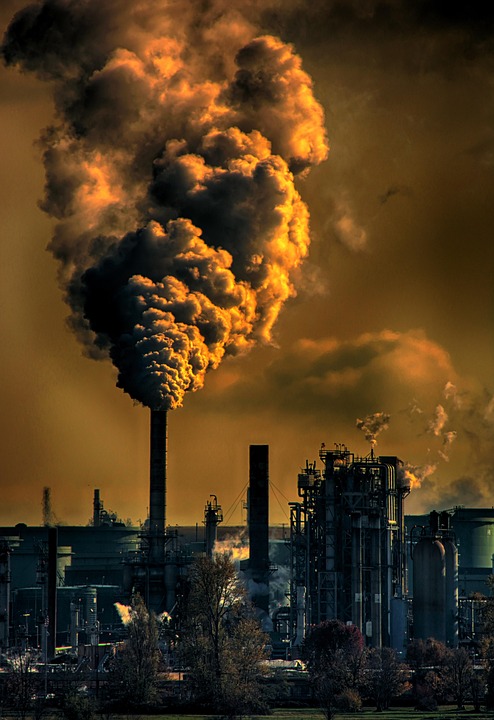The Earth is Speaking: Unignorable Signs of Global Warming
Global warming is a pressing issue that affects us all. The signs of climate change are becoming increasingly apparent, with extreme weather events, rising sea levels, and melting ice caps all indicators of the Earth’s changing climate. In this article, we will explore some of the most unignorable signs of global warming and what they mean for the future of our planet.
Rising Temperatures
One of the most obvious signs of global warming is the rising temperatures across the globe. The Earth’s average temperature has increased by about 1.2 degrees Celsius since the late 19th century, with the last five years being the hottest on record. This increase in temperature is largely due to the burning of fossil fuels, which release greenhouse gases into the atmosphere and trap heat.
As temperatures continue to rise, we can expect more frequent and intense heatwaves, droughts, and wildfires. These extreme weather events not only pose a threat to human health and safety but also have devastating effects on ecosystems and wildlife.
Melting Ice Caps
Another unmistakable sign of global warming is the melting of the Earth’s ice caps. The Arctic ice cap has been shrinking at an alarming rate, with some scientists predicting that it could be completely ice-free in the summer months within the next few decades. This loss of ice not only contributes to rising sea levels but also has a ripple effect on global weather patterns.
In addition to the Arctic, the Antarctic ice sheet is also melting at an accelerated pace. If this trend continues, it could lead to catastrophic sea level rise, displacing millions of people living in coastal areas around the world.
Rising Sea Levels
As the Earth’s ice caps melt and the oceans warm, sea levels are rising at an unprecedented rate. Since the early 20th century, global sea levels have risen by about 8 inches, and this rate is expected to accelerate in the coming decades. Rising sea levels pose a significant threat to coastal communities, leading to increased flooding, erosion, and saltwater intrusion into freshwater sources.
In addition to the direct impact on human populations, rising sea levels also have detrimental effects on marine ecosystems. Coral reefs, mangroves, and other coastal habitats are at risk of being submerged, leading to the loss of biodiversity and vital ecosystem services.
Extreme Weather Events
Global warming is also linked to an increase in extreme weather events, such as hurricanes, tornadoes, and heavy rainfall. These events are becoming more frequent and intense, causing widespread destruction and loss of life. In addition to the immediate impact on communities, extreme weather events also have long-term consequences for food security, water availability, and infrastructure resilience.
By reducing greenhouse gas emissions and transitioning to renewable energy sources, we can mitigate the effects of global warming and build a more sustainable future for generations to come. It is up to all of us to listen to the Earth’s warnings and take action to protect our planet.
Conclusion
The Earth is speaking, and its message is clear: global warming is a real and urgent threat that requires immediate action. By recognizing the signs of climate change, we can work together to address the root causes and mitigate the effects of this crisis. It is time to listen to the Earth’s warnings and take responsibility for our actions. The future of our planet depends on it.
Let’s work together to create a more sustainable and resilient world for ourselves and future generations. The time to act is now.












